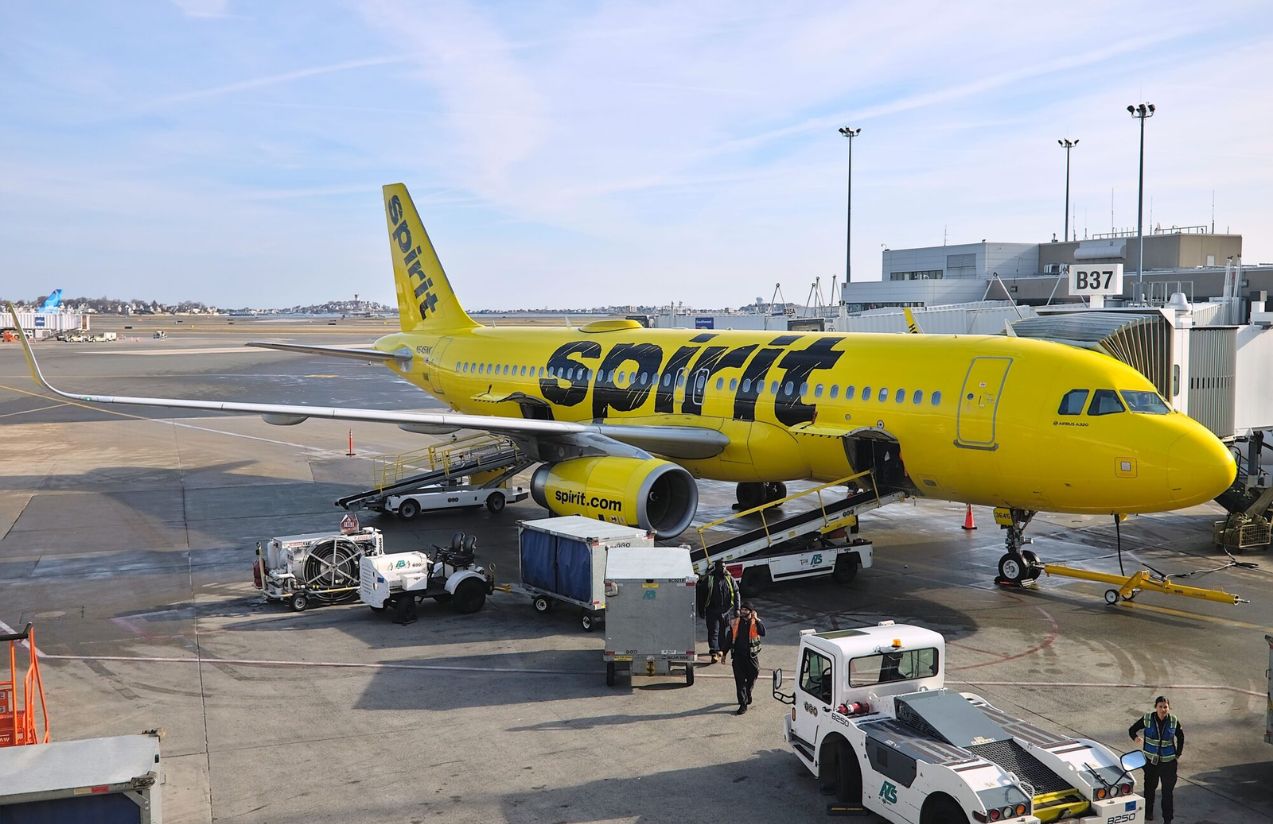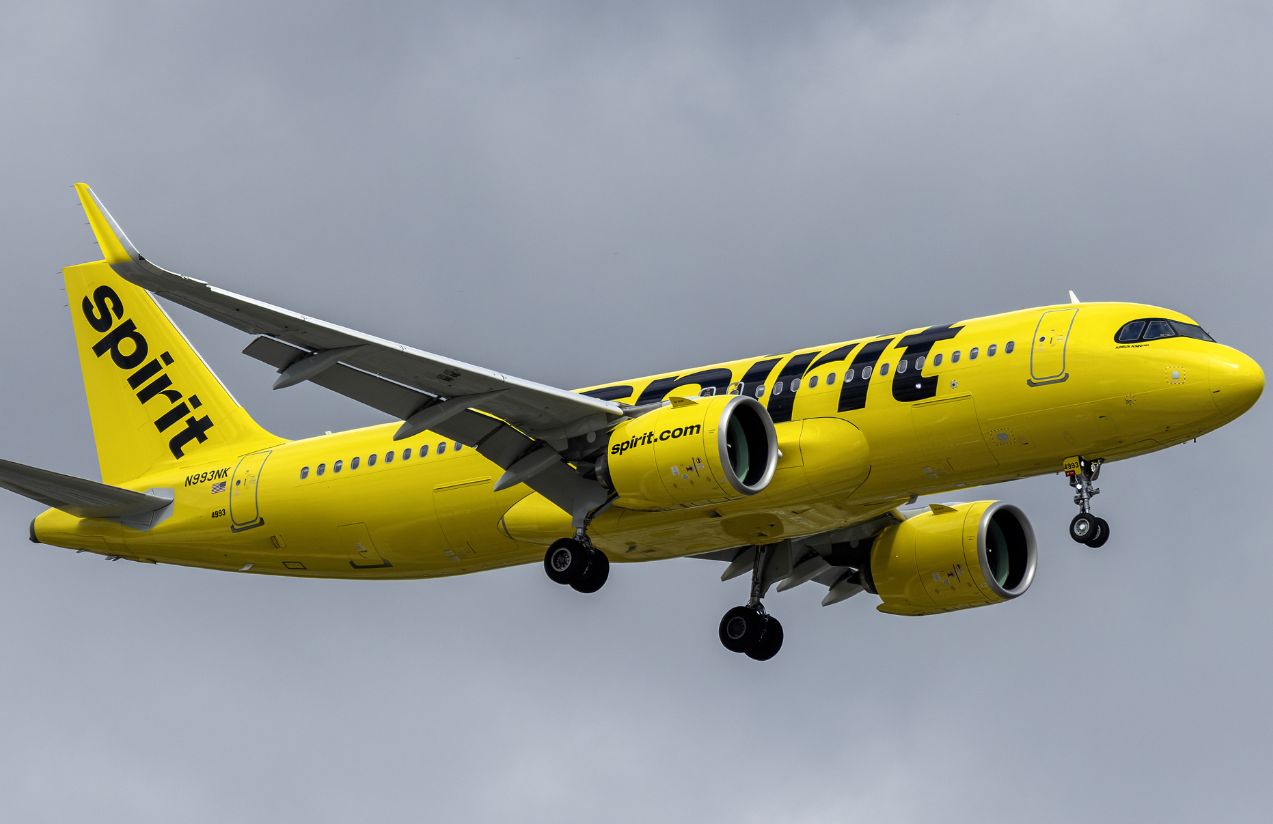Spirit Airlines, recognized for its bright yellow planes and ultra–low-cost model, has filed for Chapter 11 bankruptcy protection for the second time in less than twelve months, an alarming sign of its ongoing financial struggles.
The airline, which emerged from its first restructuring in March 2025 after converting nearly $800 million in debt into equity and securing additional financing, has failed to stabilize its operations. In its most recent quarter, Spirit reported net losses exceeding $240 million, while negative free cash flow deepened its fragile position.
Despite the new bankruptcy filing, Spirit has assured travelers that its flights will continue to operate as scheduled and that tickets, credits, and loyalty points will remain valid. The company has also adopted cost-cutting measures such as reducing routes, leasing aircraft, and negotiating with creditors as part of a broader restructuring plan.

However, the environment remains hostile:
Domestic leisure travel demand is weakening, operating costs remain high, and competitors like Frontier Airlines have taken advantage of Spirit’s struggles by launching new routes that directly compete in its markets.
The stock market’s reaction has been brutal, Spirit’s shares plunged by as much as 46% following the announcement, reflecting deep skepticism about its long-term viability.
Can Spirit Airlines truly emerge from bankruptcy once again and stay in the skies?
Although management has promised restructuring and uninterrupted operations, analysts and industry experts remain doubtful. Without a major strategic shift or potential merger, the airline’s heavy debt load, fierce competition, and the decline of the ultra-low-cost model in a tougher market paint an uncertain future for Spirit.












